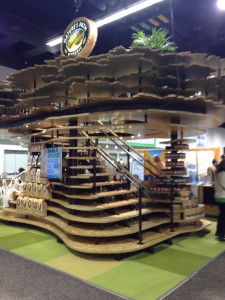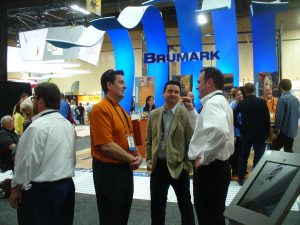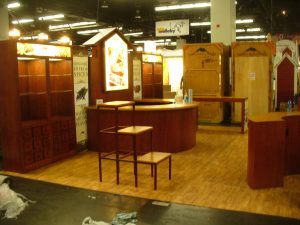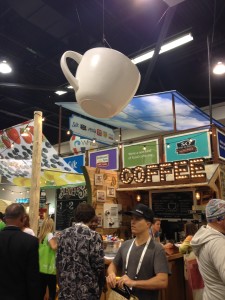Preparing for your 2017 Tradeshow Schedule
Yes, it’s upon us – 2017 – have you planned your new year tradeshow schedule? Chances are you’re at least planning a few months into the new year, but have you detailed out the entire year?
Tradeshow planning, as any tradeshow coordinator will tell you, is the key to success. And since there’s a lot to planning, it makes sense to spend a lot of your time making plans, checking plans and then double-checking.
Start with your tradeshow schedule. What shows are you going to? Make a master list of the dates of the shows.
Size of exhibit. Note the size of booth space your company has committed to rent at the various shows.
Break it down. Now start breaking out the various products and services that you’re promoting at each show. Chances are those items will change depending on the audience that’s expected at each show.
From there, you can start breaking out the graphics messaging, sampling needs if any, demos desired at each show and so forth. Break out the details as far as you can at this point; you’ll need to break them down further at some point anyway.
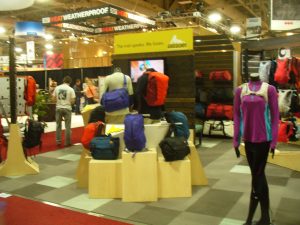
Now you can start determining how many people will be required at each show based on booth size and expected visitors. From this you can figure out what staff members will likely be tasked with working the show.
Beyond this, you can compile website URLs and contact information for all of the shows. Pull up previous year’s paperwork to compare to pricing and floor plan and booth location to what is happening this year.
From this you can compare costs and leads generated, perhaps going so far as to compile the number of new clients or sales generated from 2016 show appearances.
Once you’ve put down most of the broad strokes and details of your shows and booth rental spaces and so on, you can start the task of determining what, if anything, might be changed or added to your current booth properties. Is your exhibit in good shape, or does it need an upgrade of some sort? Or is this the year you’ve decided to invest in a brand new exhibit? That’s another task entirely, but it would be part of your yearly tradeshow schedule planning.
While this is really just a 30,000 foot view of the process, once you put this all together, the real fun begins of breaking out each element of each show and making them work successfully.
Free Report: “7 Questions You’ll Never Ask Your Exhibit House”

